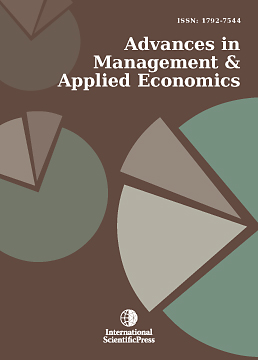Advances in Management and Applied Economics
Effectiveness of Using the Meeting Systems in Council Chamber
-
 [ Download ]
[ Download ]
- Times downloaded: 8851
Abstract
In response to the development of electronic government (e-Government), the government and the legislative assembly have made organizational changes to serve the general public. Local councils have adopted full digital audiovisual meeting systems to address councilors’ need for political consultation services. In this study, we explore the actual use of meeting systems based on their main functions. We conducted in-depth interviews with eight councilors using questions designed according to 15 external constructs of the technology acceptance model 3 (TAM 3). The study findings indicated that for councilors who have used the system, their “behavioral intention to use” is mostly correlated with “computer self-efficacy” and “perception of external control” followed by “image.” After using the meeting system, the councilors validated the services. The findings reveal that “computer self-efficacy” and “perception of external control” are the two most important subconstructs that positively affect councilors’ use of the meeting system, followed by “perceived enjoyment” and “subjective norm.” This study provides recommendations based on the interviews on how to accommodate the new technology system, used for reference by manufacturers in marketing and enterprises when implementing the meeting system.
JEL classification numbers: C52, H11, M15.
Keywords: electronic meeting system (EMS), interactive video on demand (IVOD), technology acceptance model (TAM).
